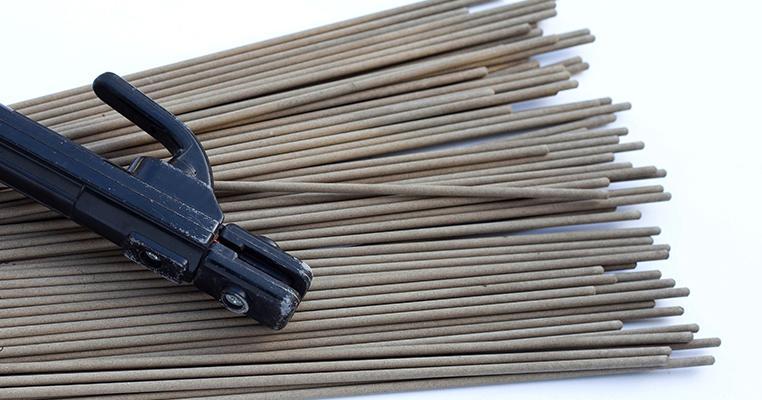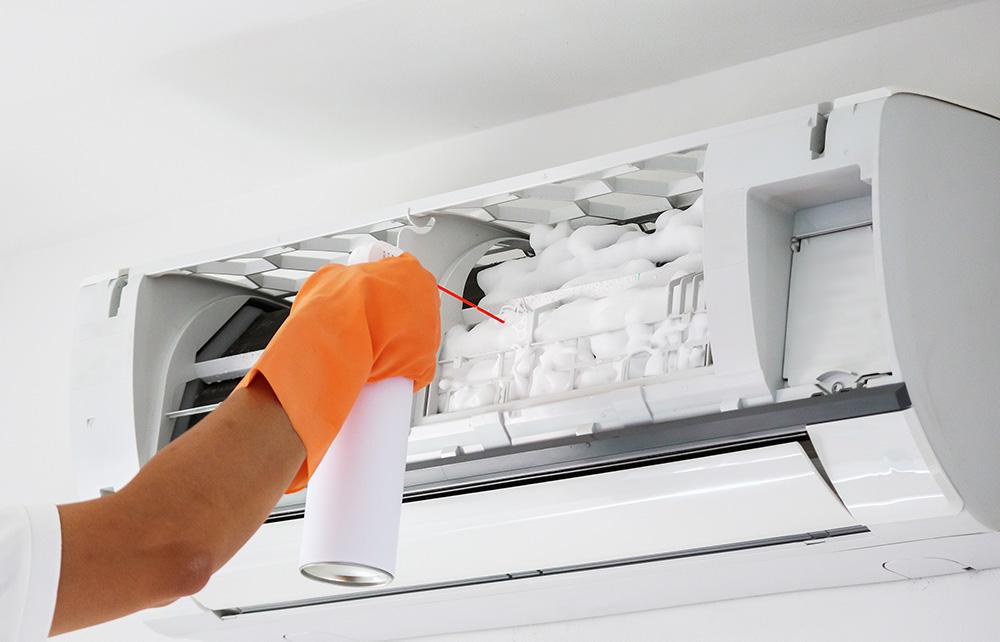A welding electrode is a metal wire coated with a substance comparable to the metal being welded. Before selecting the ideal electrode for any project, there are a few things to take into account. Since the arc welding electrode and SMAW are a component of the weld fusion, they are consumable. Because the TIG electrodes do not melt into the weld, they are referred to as non-consumable. The electrode used in MIG welding is called MIG wire, and it is fed constantly. The choice of welding electrodes is mostly influenced by the ease of cleanup and weld strength. improved beads with less splatter. To prevent damage, welding electrodes must be stored in a dry environment and removed from the container carefully, according to the instructions. In this blog, we will discuss welding electrodes their type, and their uses.
Why are Welding Electrodes Covered?
The oxygen and nitrogen that the molten metal collects from the surroundings causes it to become brittle. To protect molten or solidifying weld metal from the environment, a slag blanket would need to be placed over it; electrode coating offers this protection.
The composition of the welding electrode coating dictates its utility, and consequently, the specification and composition of the deposited weld metal.
The established concepts of physics, chemistry, and metallurgy serve as the foundation for their design of welding electrode coatings.
The coating serves the following purposes: it stabilizes the arc, guards against damage, and enhances welding.
- Minimal spatter in the area surrounding the welding
- a welded metal surface that is smooth and has even edges
- a steady, even welding arc
- A robust and resilient layer
- Simple slag elimination
- increased rate of deposition
- Controlling penetration during welding
Arc welding electrodes can be divided into two categories: extensively coated/shielded and thin coated/bare. One form of common filler material used in arc welding is the covered type of electrode.
Classification of Welding Electrodes
The American Welding Society’s (AWS) welding rod classification number system has been embraced by the welding industry.
The following is the electrode identification scheme used for steel arc welding.
- E: The electrode for arc welding is indicated by this E.
- The first two or three numbers represent the material’s tensile strength, expressed in thousands of pounds per square inch when it is attempted to be pulled apart.
- The position of the weld is indicated by the third or fourth digit. One is for every position, two for flat and horizontal, and three for flat positions only. A value of 0 indicates no classification was applied.
- The fourth digit denotes the kind of coating and the AC/DC, straight or reverse polarity electric power supply type.
- The code E6010 now denotes an arc welding rod with terse polarity, direct current, and a stress tensile strength of 60,000 psi. It can be utilized in any location.
Types of Electrodes
Bare Electrodes
The wire compositions used in these bare electrodes are intended for certain particular uses. Other than what is specified in the wire drawing, no additional coatings are needed. There are no particular effects of the wire drawing coatings; they only slightly stabilize the arc. In situations where a coated electrode is not preferred, these bare electrodes are utilized to weld manganese steel and other indications.
Light Coated Electrodes
The composition of the light-coated welding electrodes is always the same. By dipping, washing, brushing, spraying, wiping, and tumbling, they gave the surface a thin layer of coating. The purpose of these coatings is to enhance the arc stream. The electrode identification system of the series is called the E45.
The following are the purposes of these coatings:
- It dissolves or lessens the impurities of oxide, phosphorus, and oxide.
- It modifies the molten metal’s surface tension. It reduces the size and increases the frequency of the electrode globules. It transfers the molten metal evenly and smoothly.
- Adding easily ionized elements into the arc cascade, increases arc stability.
- Unlike the slag of the shielded arc electrode type, the light coatings produce a thin slag.
Shielded Arc/Heavy Coated Electrodes
These electrodes are made in three general types and have a coating that is applied by dipping and extrusion. Their composition is fixed.
- When using coatings made of cellulose
- When using mineral coatings
- Using cellulose and minerals together
The cellulose coatings were made of soluble cotton or any other type of cellulose mixed with a tiny quantity of other minerals including titanium, potassium, sodium, and others. The gaseous portion surrounding the welding zone and the arc is shielded from the molten metal by the cellulose coatings.
Purposes of Shielded Arc Heavy-Coated Electrodes
- The electrode coatings are intended to create a gas shield around the arc, thereby preventing nitrogen and oxygen contamination at the weld metal zone.
- Melting metal can react with oxygen to remove alloys, which results in porosity.
- Brittleness, low strength, low ductility, and even poor corrosion resistance are some of the negative impacts of nitrogen.
- As contaminants damage the weld deposit, they lessen phosphorus, sulfur, and oxides.
- They greatly lessen spattering by stabilizing the arc and removing large voltage swings.
- By lowering the surface tension there, the molten metal at the electrodes’ end breaks down into tiny, fine particles. For improved outcomes, they lower the attractive pressure between the electrode and the molten metal.
- Over the molten metal, the coating’s silicates aid in the formation of a slag. The underlying metal has enough time to cool and solidify because the slag solidifies slowly. Impurities float near the surface and the possibility of gas trapping is eliminated by the gradual solidification. The welding deposit is annealed by gradual cooling.
Conclusion
In conclusion, welding electrodes play a crucial role in shielded metal arc welding, TIG welding, and MIG welding processes. The selection of the right electrode is essential for achieving weld strength, quality, and cleanliness, with different types of electrodes serving specific purposes based on their coatings and compositions.
Learn More(click here)






